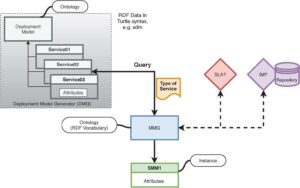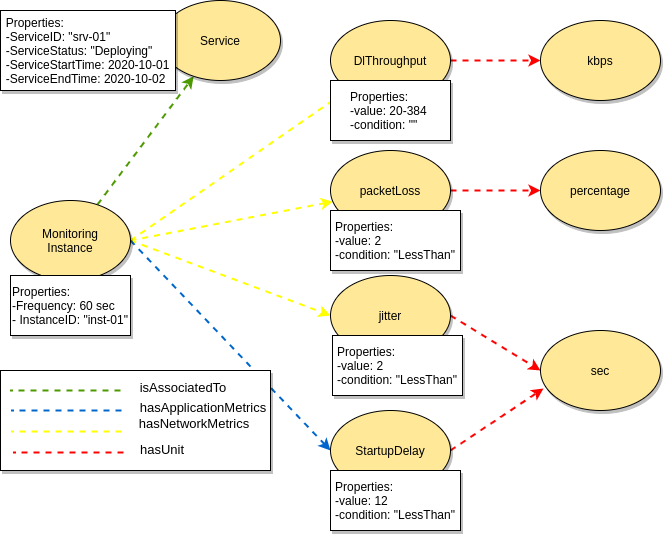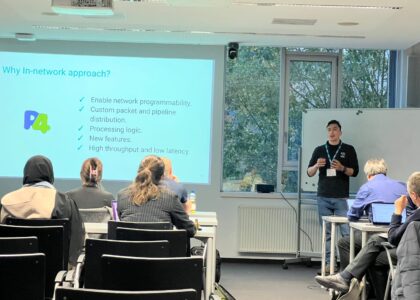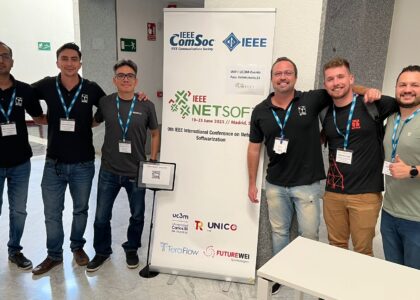Saraiva de Sousa, N. F., Lachos Perez, D., Esteve Rothenberg, C., & Henrique Gomes, P. (2021). “End-to-End Service Monitoring for Zero-Touch Networks“. Journal of ICT Standardization, 9, 91–112.

Abstract:
Autonomous management capability is the main pillar for paving Zero-touch Networks and efficiently deliver and operate use cases under the light of 5G requirements. To this end, Closed Control Loop (CCL), Intent-Based Networking (IBN), and Machine Learning (ML) are regarded as enablers to automatically executed all operational processes, ideally without human intervention. In this context, the ETSI Zero-touch network and Service Management (ZSM) framework specifies an end-to-end network and service management reference architecture for managing the full lifecycle of services. However, the whole process of service monitoring is not yet well-consolidated in ETSI ZSM. In this work, we propose the Monitoring Model Generator (MMG) component to automatically construct templates for service monitoring. MMG implements a novel methodology where service deployment models and standard information models are used as inputs to generate a high-level monitoring template, called Service Monitoring Model (SMM), and built upon an ontology-based schema based on the Resource Description Framework (RDF) vocabulary. We present a proof of concept implementation along with experimental functional validation of the MMG and using RDF data in turtle syntax and format. The resulting monitoring models are then used to define actual monitoring KPIs and construct management policies in a control loop architecture.
@article{Sousa2021,
author = {{Saraiva de Sousa}, Nathan F. and {Lachos Perez}, Danny and {Esteve Rothenberg}, Christian and {Henrique Gomes}, Pedro},
doi = {10.13052/jicts2245-800X.923},
issn = {2246-0853},
journal = {Journal of ICT Standardization},
month = {may},
pages = {91--112},
title = {{End-to-End Service Monitoring for Zero-Touch Networks}},
url = {https://journals.riverpublishers.com/index.php/JICTS/article/view/5789},
volume = {9},
year = {2021}
}






